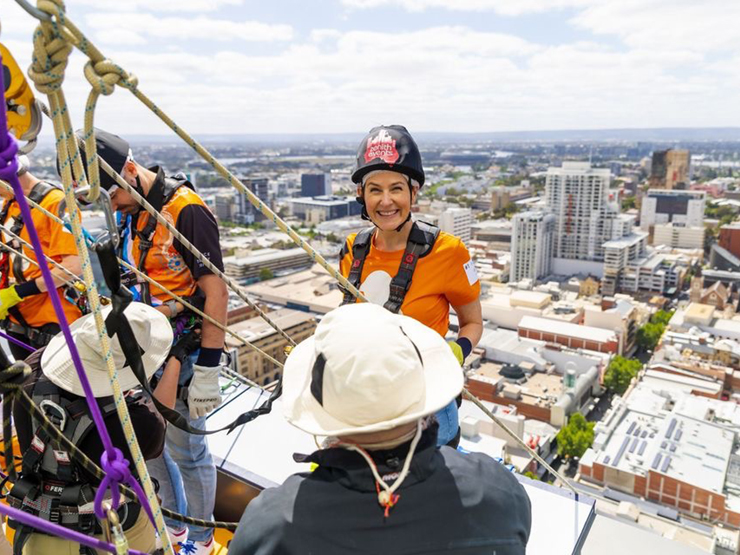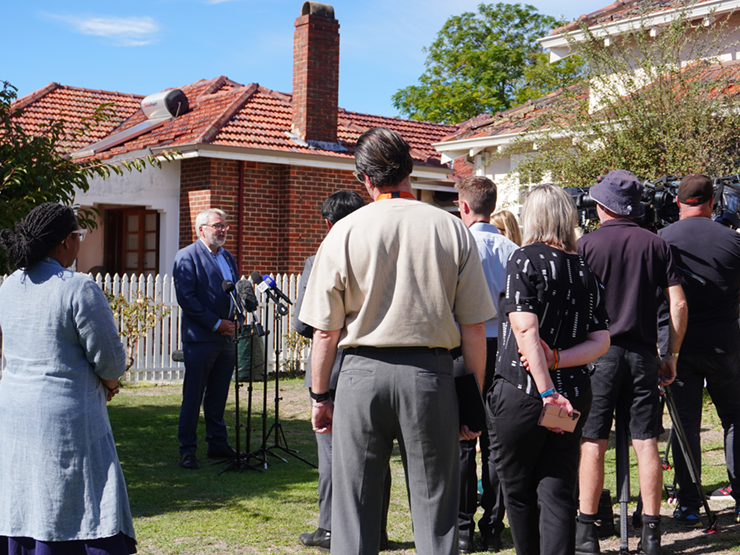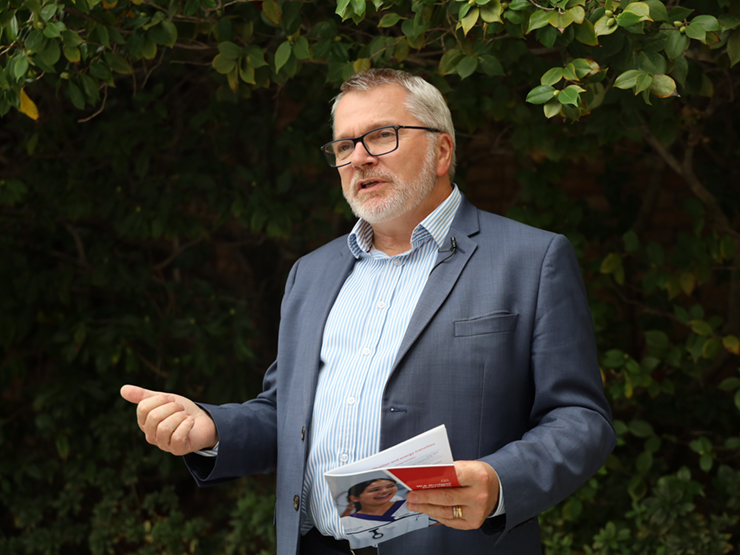Stay informed about Anglicare WA’s latest initiatives, inspiring stories, and community impact through a central hub that brings everything together.
View media releases, news articles, annual reports, and newsletters that highlight the organisation’s work across Western Australia.
You’ll have easy access to up-to-date information and downloadable resources, along with insights into key social issues and the innovative programs supporting individuals and families. With regular updates and a subscription option, it’s a valuable resource for anyone wanting to stay connected and informed.

Our Latest Publications
Explore the impact we've had in 2024-2025 with our Reach Review and the goals we've set for Strategy 2030 to guide us in the years to come.
Want to receive Anglicare WA's latest news direct to your inbox? Simply scroll down and subscribe! Stay informed and inspired by the stories of impact and change happening across our community.

Anglicare WA Latest Videos
We actively create all sorts of videos to educate, inspire, advocate and inform, you can follow us on any of our social media channels to view them, or click below.








